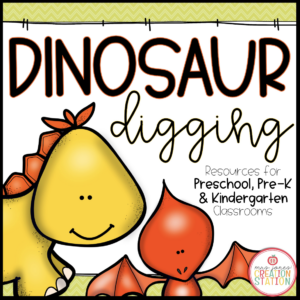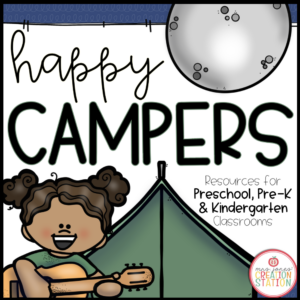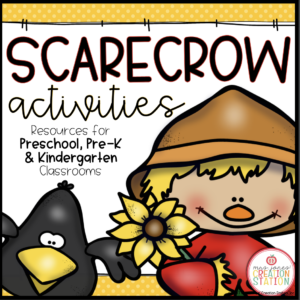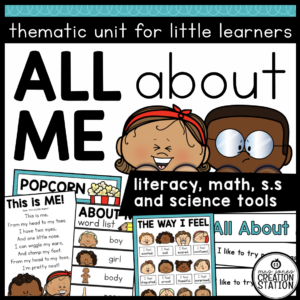Menu
Celebrate the colder temperatures with these winter theme activities! This science based unit ties science, math and literacy together and provides you with tons of activities for an entire week of instruction!
Use the detailed lesson plans to guide you through five days of winter lessons and activities. A list of preferred picture books is included to tie in with each activity. Activities cover winter facts, winter clothing, winter outdoor activities and tons more!
Add the winter themed literacy and math centers to your plan to guarantee student engagement while you’re teaching in small groups.
Buy the BUNDLE and SAVE! You can purchase this resources in the Thematic Activities for Little Learners Bundle and the Little Learners Mega-Bundle!
Here is what you’ll get:
-Detailed lesson plans
-A list of picture books to use (books not included)
-Shared writing and reading activities
-Writing center activities
-Winter themed interactive poem
-Five days of winter whole group activities
-Winter themed literacy and math centers
⭐⭐⭐⭐⭐ What Teachers Are Saying:
“My Assistant Teacher and I love Mrs. Jones Creation Station units. We used over 50% of this packet for our Winter unit. We love the language and math activities that she creates.” -Emily H.
“We absolutely love all things from Mrs. Jones! Winter is my favorite theme. 🙂 Thank you for such engaging and fun activities. !” -Erin H.
“An easy way to tie in science, math and literacy! And I don’t have to plan anything because it’s all done for me! Thank you!” -Melissa C.
YOU MIGHT ALSO LIKE
ANIMALS IN WINTER THEMATIC UNIT
WEBSITE | FACEBOOK | INSTAGRAM | PINTEREST | TEACHERS PAY TEACHERS
© Mrs. Jones’ Creation Station, Inc
SaveSave
How can I see what is new in the MJCS store?
Be the first to know about new discounts, freebies, and new products. You can also subscribe to our newsletter to receive access to resources only available to MJCS subscribers, as well as, special offers and ideas!
How can I get credit for my TpT purchases?
Go to your account button at the top of the page. Under the “Buy” section, click “My Purchases “. Beside each purchase you’ll see a Provide Feedback button. Simply click the button and you will be taken to a page where you can give a quick rating and leave a comment for the product. Each time you give feedback, TpT gives you feedback credits that you use to lower the cost of your future purchases. Please leave detailed feedback for each resource, so we are able to create better resources for teachers and students.
How can I find a certain activity in a large PDF file?
If the resource you purchase has a variety of activities compiled into one PDF find the table of contents and click on the activity title. This should take you to that specific activity in the resource.
What can I do if I have a question about a resource?
If you have any questions regarded a resource before purchasing please email me at mrsjonescreationstation[at]gmail.com. Once you have purchased the resource you may use the “Product Q and A” tab on the product page to ask a question, as well.
How do I know if a resource has been updated?
Go to your account button at the top of the page. Under the “Buy” section, click “My Purchases “. Choose to “sort by: recently updated” to see what resources have been updated since you downloaded them last. You can download any updates from there. If a file has been updated, you will see a notification under the resource that says “Newly Updated – Download for Free!”
This item is a paid product created by Mrs. Jones’ Creation Station, Inc. Copying any part of this product, redistributing, selling or placing it on the internet in any form is strictly forbidden and is a violation of the Digital Millennium Copyright Act (DMCA). Thank you for respecting our work!
YES, YOU CAN…
NO, YOU CAN’T…
Click here for a detailed post with step-by-step directions.
You will need to download fonts specified in the resource and install it on your computer before downloading the editable file.
Install the most recent version of Adobe Reader onto your computer. If you have any problems editing, viewing or printing a file make sure your Adobe Reader is updated.
Now you can download the file to your computer. Once the file has downloaded open in Adobe Reader. You should be able to view the editable fields and the text should match the product description. If you have any problems editing the file, make sure you have followed the directions above and then contact me at mrsjonescreationstation[at]gmail.com




